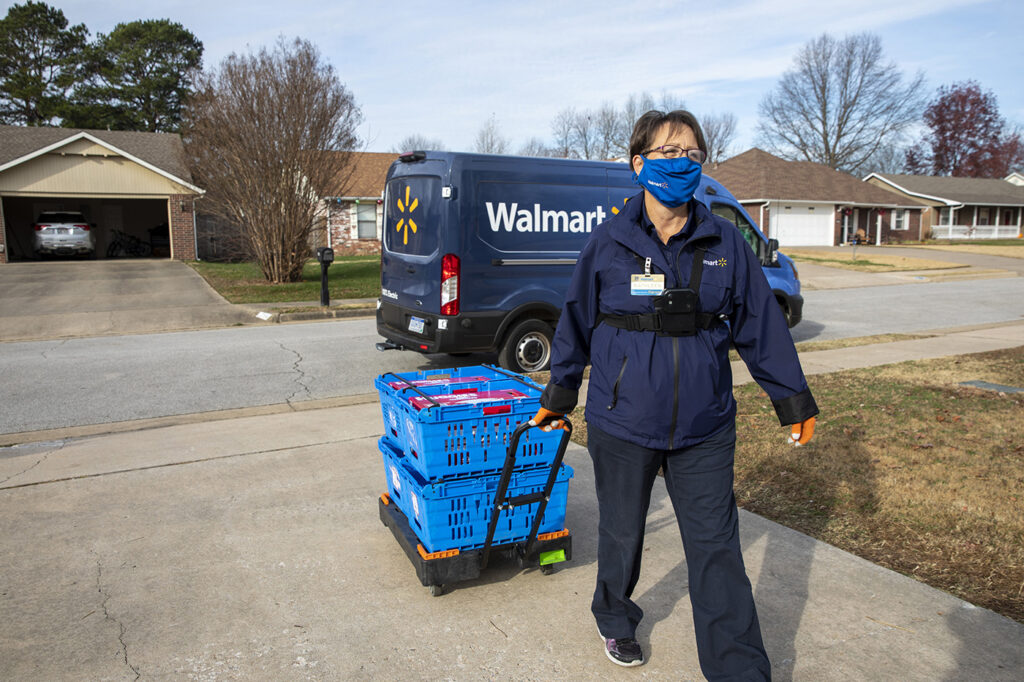Delivery companies and e-commerce retailers are endeavoring to deliver customers’ orders as fast as possible – and also in a secure manner.
Security of Amazon deliveries
Amazon now offers an extra level of security for delivery: a one-time password. The one-time password takes the form of a six-digit code and is used for delivery of more expensive items ordered on Amazon. Customers cannot opt for or opt out of using a one-time password.
At the time of delivery, the customer is asked to provide the six-digit code. The code is valid only for that delivery day. The code can be shared with others so that goods can be accepted on the customer’s behalf. If no one can receive the package, Amazon will re-attempt the delivery on the next working day.
Amazon has been introducing the one-time password to various markets over the past 12 months. It adds an extra level of security for high value e-commerce deliveries.
How fast is your parcel collection?
Last year Posten Norge subsidiary Bring surveyed Swedes’ shopping and delivery habits. On average, packages were picked up within 34 hours – and the customers fastest to collect their package did so within 28 hours.
So, while many customers might be collecting their parcels in just a few hours from the delivery point, it seems others aren’t so fast off the mark. The Bring research showed that city residents were slower to collect their parcels, despite the dense collection point network.
Speed of collection is directly influenced by the time a parcel is allowed to stay in a PUDO or locker, the incentives used to promote rapid collection, and the quality of the IDM tools in place. While the average of just under 1.5 days is not so bad the “fast” collection of 28 hours seems unduly high. Perhaps this is something Bring needs to work on.
In-home delivery and residential parcel lockers
US retail giant Walmart recently announced the expansion of its InHome delivery service, which delivers customers’ groceries directly to their refrigerators. Customers place grocery orders online, and then a Walmart associate enters the home by way of a smart lock. The InHome service costs US$19.95 per month.
Walmart is also giving customers in Bentonville, Arkansas, the opportunity to receive their Walmart deliveries directly into a temperature-controlled residential parcel locker. The locker is positioned on the customer’s porch or some other sheltered, accessible point on the customer’s property.
While this would allow around-the-clock delivery, Walmart says at this time it has no immediate plans to do 24/7 delivery.
There are several startups active in the temperature-controlled residential parcel locker space. The question remains as to who will pay for the locker: The customer? The e-commerce merchant? This has been the stumbling block for personal residential parcel lockers in the past.
Correos expands parcel locker functionality
Spanish postal operator Correos has launched a new service allowing customers to drop off parcels – including e-commerce returns – at Citypaq parcel lockers across Spain.
Customers can lodge their parcels at the lockers by scanning a parcel label or smartphone, or entering the shipment number. Then customers must indicate the size of the locker suitable for the parcel. The parcel locker then sends a lodgement receipt via email to the customer.
Parcels can be dropped off with or without a “reservation”. According to Correos, 252 parcel locker sites have this functionality.
Follow the Last Mile Prophets on LinkedIn
 Ian Kerr is the founder and host of the Postal Hub Podcast, the weekly podcast for the postal and delivery sectors.
Ian Kerr is the founder and host of the Postal Hub Podcast, the weekly podcast for the postal and delivery sectors.

Marek Różycki is managing partner at Last Mile Experts, specializing in CEP and e-commerce last-mile advisory.


